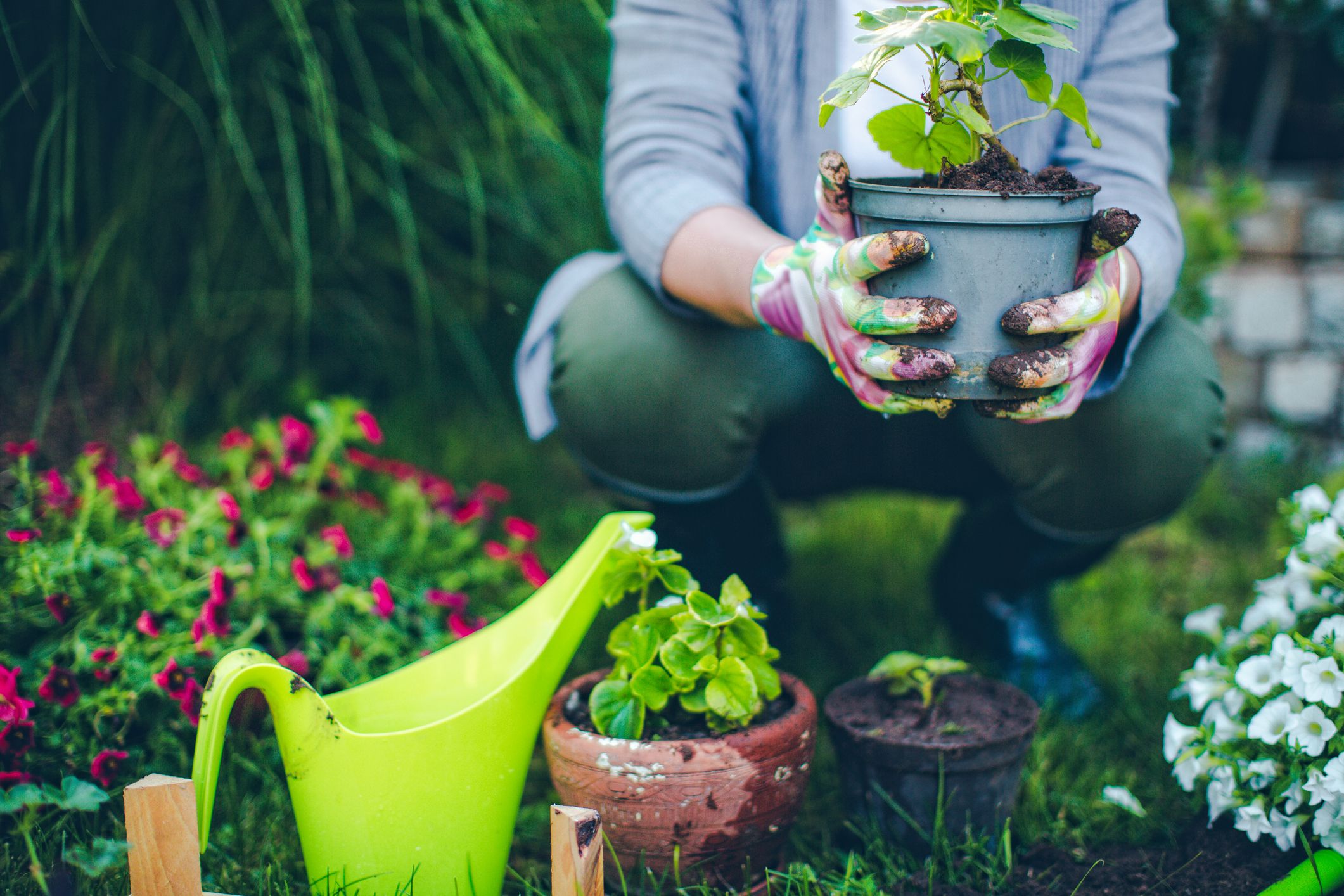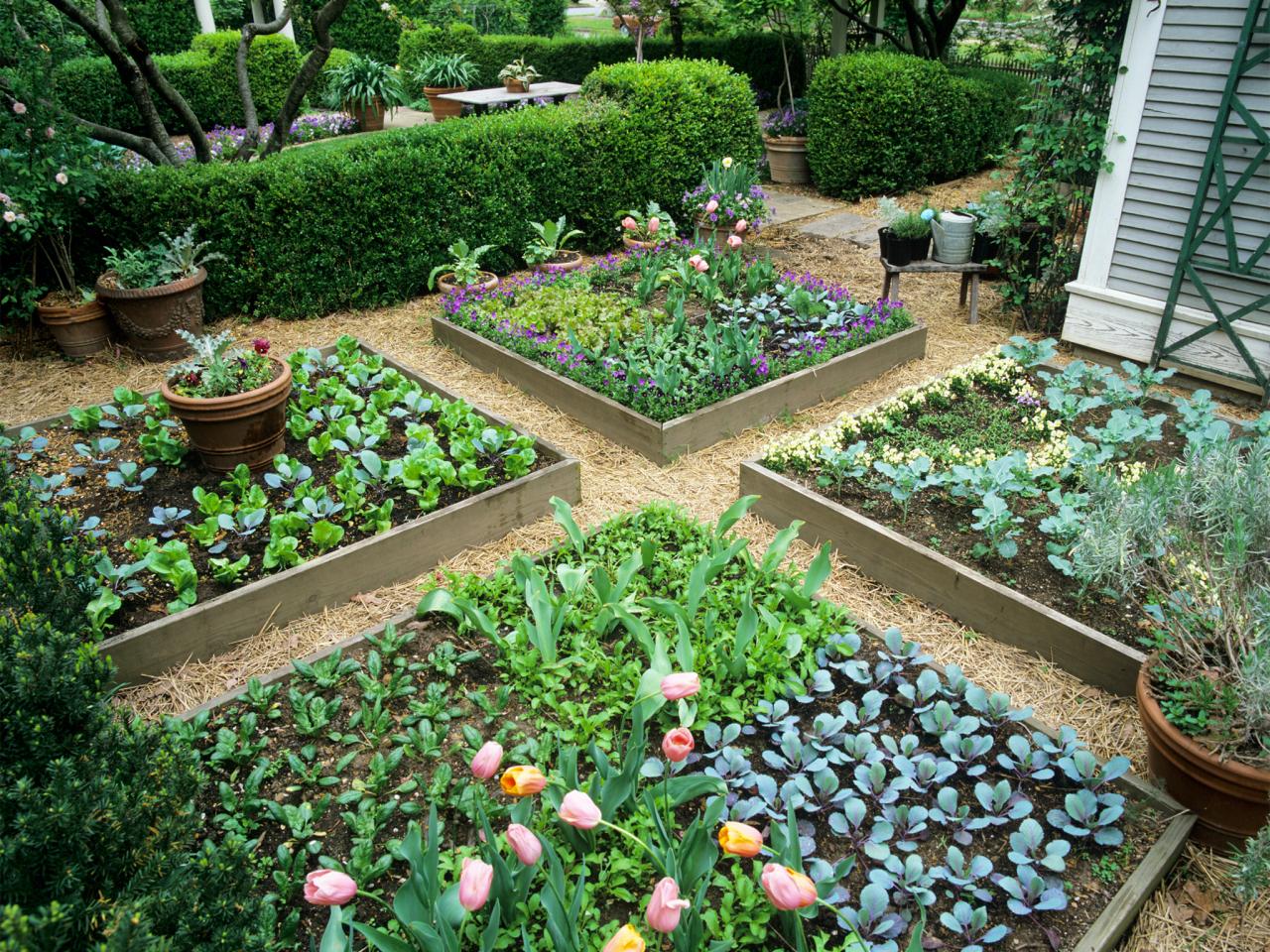Green Thumb 101: A Fresh Technique to Newbie Gardening
Wiki Article
From Seed to Harvest: a Beginner's Journey Into Horticulture
From Seed to Harvest: A Newbie's Journey Into Horticulture offers a insightful and detailed guide for those brand-new to the globe of horticulture. This book takes visitors via the whole process, beginning with selecting the right seeds and preparing the soil, to nurturing the expanding plants and inevitably gathering and delighting in the organic fruit and vegetables. Written in a specialist style, this guide provides important pointers and techniques to help beginners successfully cultivate a thriving yard. With a focus on usefulness and clearness, this publication intends to equip individuals with the understanding and skills needed to embark on their gardening trip. Whether you have a little terrace or a large backyard, this guide will furnish you with the devices required to turn your gardening desires right into a flourishing reality.Choosing the Right Seeds
When starting the trip of gardening, picking the suitable seeds is an important step for newbies to make certain effective cultivation. newbie gardening. The choice of seeds can considerably impact the total end result of a garden, as various ranges have varying growth habits, illness resistance, and adaptability to particular climatesTo start, it is vital to consider the details objectives and preferences of the gardener. Are you interested in expanding veggies, flowers, or natural herbs?
Additionally, it is vital to study and choose seeds that appropriate for the local environment and expanding problems. Some plants grow in full sunlight, while others like color or a particular type of soil. By selecting seeds that are naturally adapted to the setting, beginners can save themselves from potential dissatisfaction and disappointment.

Preparing the Soil for Growing
After selecting the best seeds for your yard, the following crucial action in the beginner's journey into horticulture is preparing the soil for planting. Appropriate soil prep work is vital for giving a fertile and healthy and balanced atmosphere for your plants to grow and expand.The very first step in preparing the dirt is to eliminate any weeds, rocks, or particles that may hinder the growth of your plants. This can be done by hand or with the aid of horticulture tools such as a trowel or a yard fork. Once the area is clear, it is essential to loosen the soil by tilling or transforming it over. This not only helps to break up any compressed soil yet also improves oygenation and drain.
Adding raw material to the dirt is one more important step in dirt preparation. Organic matter, such as garden compost or well-rotted manure, enriches the dirt with necessary nutrients and improves its structure. It additionally helps to maintain dampness, which is important for plant development. Spread a layer of organic matter over the tilled dirt and blend it in thoroughly.
Last but not least, it is essential to examine the pH level of the dirt (newbie gardening). Most plants choose a somewhat acidic to neutral pH range. If the dirt is also acidic or alkaline, amendments can be included in change the pH degree as necessary.
Sowing and Taking Care Of Seed Startings
To guarantee the successful development of your plants, correct sowing and mindful nurturing of plants is necessary, building upon the soil preparation talked about in the previous subtopic. Planting seed startings is a crucial action in the horticulture procedure, as it sets the foundation for healthy and solid plants. When sowing, it is essential to comply with the guidelines on the seed packages pertaining to growing deepness and spacing. This will make sure that the seed startings have enough area to grow and establish appropriately.
In addition to light, plants require constant wetness to thrive. Water the plants regularly, maintaining the dirt evenly moist yet not soaked. Overwatering can result in root rot, while underwatering can create the seedlings to wither and pass away.
To additionally support the growth of plants, give them with a gentle wind. This can be accomplished by utilizing a little follower on a low setup. The breeze aids enhance the stems of the seedlings, making them extra durable to wind and other ecological aspects.
Nurturing Your Expanding Plants
- Once your plants have germinated and begun to expand, it is necessary to supply correct care and interest to nurture their ongoing growth. This includes giving ample water, sunlight, and nutrients, along with securing them from pests and conditions.
2. Sprinkling your expanding plants is vital to their survival. Keep the soil moist, however stay clear of overwatering, as it can lead to root rot. Water your plants routinely, especially throughout warm and dry durations, and make sure to sprinkle them at the base to prevent moistening the vegetation, which can invite fungal illness.
3. Sunlight is one more crucial variable for the healthy development of your plants. Many blossoms and veggies need newbiegardening.com/ a minimum of 6-8 hours of direct sunlight each day. Make sure that your plants are positioned in a location that obtains sufficient sunlight, and if you're expanding them indoors, consider utilizing expand lights to supplement all-natural light.
4. Giving your plants with the right nutrients is necessary for their growth. Make use of a well balanced plant food or compost to enhance the soil, and comply with the recommended application rates. Furthermore, think about making use of natural fertilizers that are gentle on plants and the setting.
- Shielding your plants from parasites and illness is important to ensure their wellness. Consistently check your plants for signs of invasion or condition, and take suitable measures such as making use of organic parasite control approaches or eliminating infected plants to stop the spread.
Harvesting and Appreciating Your Homegrown Generate
When your plants have gotten to maturity, it's time to gain the benefits of your horticulture efforts by collecting and enjoying the fruits (or veggies) of your labor. Collecting is a vital action in the horticulture process, as it enables you to delight in the nutritious and fresh fruit and vegetables that you have actually grown. Prior to you start collecting, it is necessary to figure out the optimum time for each and every plant. This can be figured out by observing the plant's physical look, such as the color, size, and texture of the fruit or vegetable. Furthermore, you can describe the particular guidelines supplied on seed packages or gardening resources.Make use of a sharp set of yard shears or scissors to cut the fruits or vegetables from the plant. Be mindful not to yank or pull, as this can hurt the plant and minimize future return.
Once you have collected your domestic produce, it's time to appreciate the fruits of your labor. Take a moment to appreciate the tough job and dedication that went right into your garden and enjoyment in the tastes of your domestic harvest.
Conclusion

Some plants thrive in complete sun, while others favor shade or a details kind of dirt.The very first step in preparing the dirt is to remove any type of weeds, rocks, or debris that might impede the development of your plants.To make sure the effective development of your plants, appropriate sowing and mindful nurturing of plants is important, constructing upon the soil prep work gone over in the previous subtopic. Consistently examine your plants for indicators of invasion or illness, and take suitable steps such as making use of organic insect control techniques or removing contaminated plants to prevent the spread.
In conclusion, this beginner's trip right into gardening highlights the value of picking the appropriate seeds, preparing the dirt, sowing and caring for seed startings, supporting growing plants, and ultimately, harvesting and delighting in the homegrown produce.
Report this wiki page